Part of foraging for wild food is also preserving it. As the Ivy Gourd is a prolific producer — featured two weeks ago in this newsletter — what to do with all its stubby cukes is a challenge. A lot of them go into salads, and many become pickles as pictured above.
Lacto-fermenting is easy and a traditional way to preserve a wide variety of food. It works well with the Ivy Gourd because it soften their skin which is slightly tough. The basic fermenting process could not be simpler. The “pickles” above were made by putting them unwashed in a jar with a pint of water and two tablespoons of sea salt. You then partially fill a plastic baggy with water to put on top of the gourds to assure they are totally covered with the solution and there’s no air space. Cover and wait a few days, no need to refrigerate. The high salt content in the water inhibits bad bacteria but encourages the right bacteria. Within a few days to a couple of weeks — usually just days — you have pickles and they’re probiotic. Not only have I planted this food-producer in my backyard but I have found three more in the wild near where I found this one originally. I think they might come home with me this fall. You can read more about the Ivy Gourd here.
What are they? The first answer is they are NOT edible. The second is they are a threatened species. And the third answer is the toxic Atamasco lily, or Zephranthes atamasca. For a threatened species they are seen in a lot of lawns this time of year prompting many emails asking for an identification. These natives likes wetlands but a well-watered lawn after seasonal rains will do nicely. The problem with the Atamasco/Rain Lily is that it resembles wild garlic before it blossoms (and even has a bulb!) However, it does not have the telltale garlic aroma. Remember if it smells like a garlic and looks like a garlic you can use it like a garlic. The Atamasco does not have any garlic aroma. It is not edible. All parts are poisonous. And while these in the picture have a pink tinge there are also all-white blossoms.
Spring is definitely over locally but one of the prime edible of that season can still be found if you look around is Smilax. The tips of this tasty plant can be found all year but they favor the spring and perhaps taste best then. As we go into the dead heat of summer — it’s 95 F as I write — sometimes the tips can take on a bitter aftertaste (which while obvious raw can be removed by cooking.) There are many species of Smilax but they all have the same basic shape and arrangement you should look for. They are a climbing shrub (why shrub and not a vine is a bit of a mystery.) Off the main “vine” you will see a short stem, two tendrils and one leaf. That arrangement then flips sides and continues to alternate towards the growing end of the plant. If you remember “short stem, two tendrils, one leaf” that then flips side you won’t confuse it with any other climbing… shrubs. To read more about Smilax here.
With the rain comes mushrooms — perhaps more on them next week — and plump Sword Fern stolons. Locally we have one invasive species of sword fern that stores water for dry days, Nephrolepis cordifolia. It’s an epiphyte and never knows when a drought is coming. Thus when the rainy season hits the plant stores up. Its marble-size swollen stolons (or tubers) are astringent, ranging from mild to way too puckery to eat. However roasting them in low heat makes them sweet and chewy. In a recent foraging class I was asked if sun drying would do that. I don’t know but I’m going to find out. Here in Florida only one fern has the swollen stolon so if you find a fern with a swollen stolon it’s the right one. If you want to read more about the Sword Fern go here.
Foraging classes: A request for a quick listing was added to the upcoming class schedule and that is a Saturday class this week at Spruce Creek near Port Orange. It’s a nice location and the classes are usually on the small side which is always an enjoyable change.
Saturday, June 20th, Spruce Creek Park, 6250 Ridgewood Ave. Port Orange, 32127, 9 a.m.
Sunday, June 21st, John Chestnut County Park: 2200 East Lake Road, Palm Harbor, FL 34685 9 a.m.
Saturday, June 27th, Boulware Springs Park, 3420 SE 15th St., Gainesville, FL 32641 9 a.m.
Sunday, June 28th, Jervey Gantt Recreation Complex, 2390 SE 36th Ave., Ocala, FL, 34471, 9 a.m.
For more information or to sign up for a class go here.
Need to identify a plant? Looking for a foraging reference? Maybe you have a UFO, an Unidentified Flowering Object, you want identified. On the Green Deane Forum we — including Green Deane — chat about foraging all year. And it’s not just about warm-weather plants or just North American flora. Many nations share common weeds so there’s a lot to talk about. There’s also more than weeds. The reference section has information for foraging around the world. There are articles on food preservation, and forgotten skills from making bows to fermenting food. Recent topics include: Artemisia douglasiana, Smilax, Yet Another Vine, Is This Cilantro or some kind of nettle? Mulberries Mulberries as far as the eye can see. What Kind? tincture or tea? Becoming a Wild Food Expert, Latex Strangler Vine in Blossom, Seminole Pumpkin Squash, Removing Oxalates, I Believe This Is a Tulip Tree, Virginia Creeper Again. Edible but too small, Here’s One I saw near the office, Transplanted Tree Root Structure, cultivated Apios Americana: Groundnut, My First Pokeweed, Yaupon Holly? Plantain? Sand Toads? Will My Tomatoes Make Me Pregnant? And White Bugs on Smilax Tips. You can join the forum by clicking on the button on the upper right hand side of this page.
Newsletter #166. To subscribe to Green Deane’s weekly EatTheWeeds newsletter, go to the upper right side of this page.

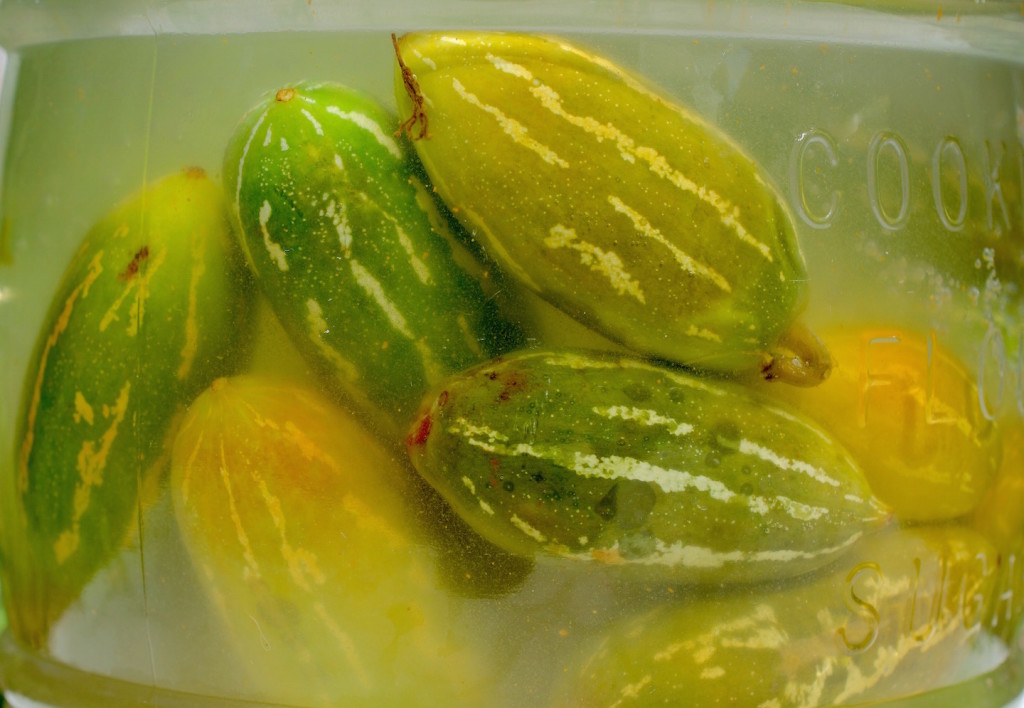
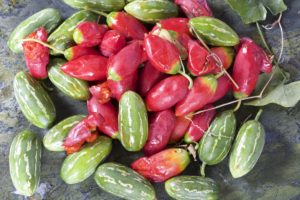
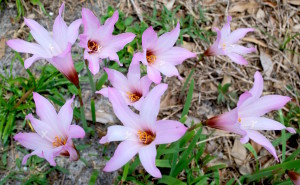
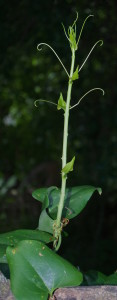

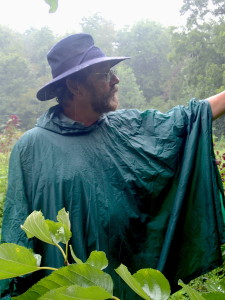
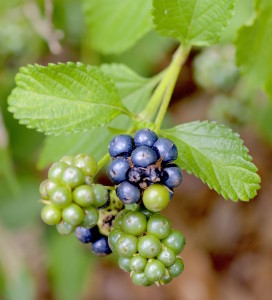

Lantana!
Not edible, but the pollinators sure like it! Also most are invasive. The USF Atlas/herbarium doesn’t distinguish between the invasive and the native…
Lantana. The ripe berries are edible but give me the runs. I have heard of people using dried leaves as a medicinal tea but have not tried it.
So we may receive more info. On mushrooms next newsletter. Truly “ With the rain comes mushrooms. “ Here, we’re welcoming the rainy season. Believe it or not, this early morning I’ve witnessed a “white” mushroom not like the typical ones I used to see – I hope I’ll send an image of it to your e – mail. My guest exists between two red bricks part of circular bricks meant to keep water for irrigation of a fig plant in my garden. No noticeable change took place till end of this hot and humid day. Usually red bricks are made from Nile clay mixed with some cow manure and burned. This may give a hint to the origin of the birthday of my fungus – Coprinus comatus (O.F. Mull) Pers or Shaggy Incap or Lawyer’s wig as other common names. My main ref. for identification is: Coprinus Comatus – First Nature: http.//www.first-nature.com/fungi/cuprinus-comatus.php from which I quote:” An ideal breakfast mushroom, gathered when young & fresh and then cooked & eaten right away . It is important to consume these mushrooms with an hour or two of gathering them, as they deteriorate very quickly even if kept in a refrigerator. “ However, I’m fungi – phobic , I wo’nt try it.